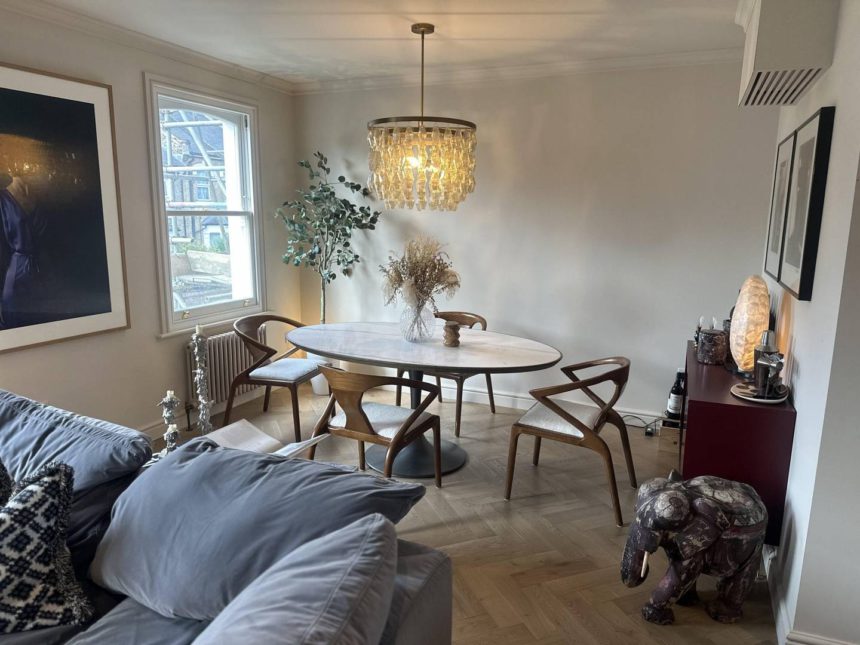A house extension is an additional room or set of rooms built onto an existing property. It’s a popular way to increase living space without the hassle of moving.
What are types of house extensions?
There some types of house extensions:
-
Single-storey extensions: often added to the rear of a property, these can create open-plan kitchen-dining areas, or provide extra space for a bedroom or office.
-
Double-storey extensions: these can add significant living space, with a new bedroom and bathroom on the first floor, and an extended kitchen or living room below.
-
Loft conversions: converting the loft space into a usable room, such as a bedroom, home office, or playroom.
What are advantages?
A house extension can significantly enhance your living space and property value. Here are some key advantages:
-
Increased Living Space
-
extra room: create additional bedrooms, bathrooms, kitchens, or living areas to accommodate a growing family or changing lifestyle;
-
open plan living: combine existing spaces to create a larger, more open and modern living area.
-
Enhanced Property Value
-
investment: a well-designed extension can significantly increase your home’s market value;
-
return on investment: the cost of the extension is often recouped through increased property value.
-
Improved Functionality
-
better use of space: optimize your home’s layout to create more functional and efficient spaces;
-
modernization: update your home’s style and features with a contemporary extension;
-
energy efficiency: incorporate energy-saving features like insulation and double glazing.
What materials we can use for house extensions?
The choice of materials for your house extension will significantly impact its appearance, cost, and energy efficiency. Here are some common options:
-
Traditional Materials
-
brick: a classic and durable choice that blends well with most existing properties
-
stone: offers a natural and elegant look, but can be more expensive;
-
timber: provides a warm and rustic feel, but requires regular maintenance.
-
Modern Materials
-
render: a versatile material that can be applied to various base materials, offering a smooth finish;
-
cladded panels: available in various materials (wood, metal, composite), offering a contemporary look;
-
glass: can be used for large windows or entire walls to create a light-filled space.
-
Structural Materials
-
timber frame: offers quick construction and good insulation;
-
steel frame: provides strength and durability, suitable for larger spans;
-
concrete: offers high strength but can be more expensive and time-consuming.
-
Important considerations:
-
local planning restrictions: some materials may be restricted in certain areas;
-
budget: different materials have varying costs;
-
energy efficiency: consider materials with good insulation properties;
-
maintenance: factor in the ongoing maintenance requirements of different materials.
Order house extensions services in London area Herko London
